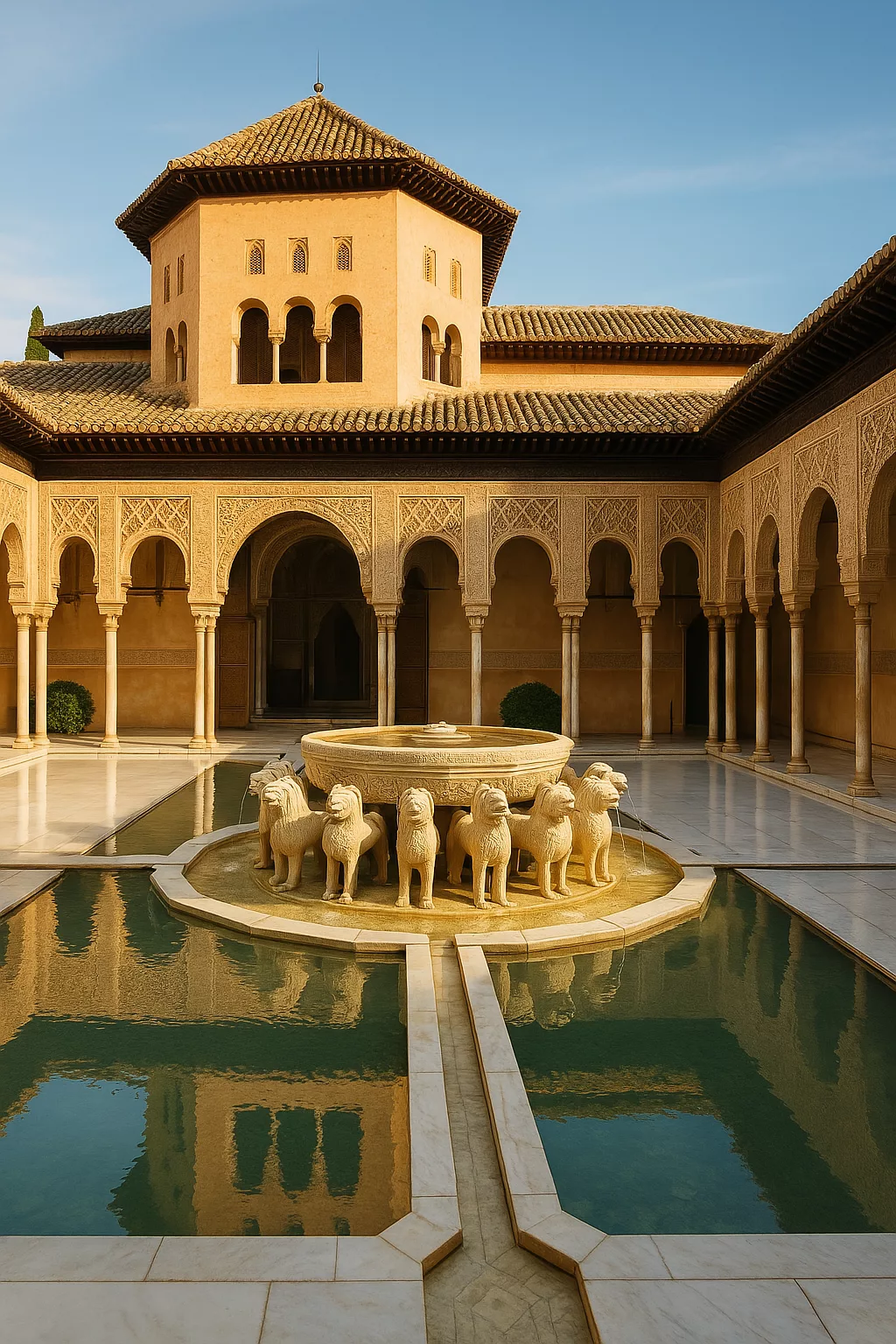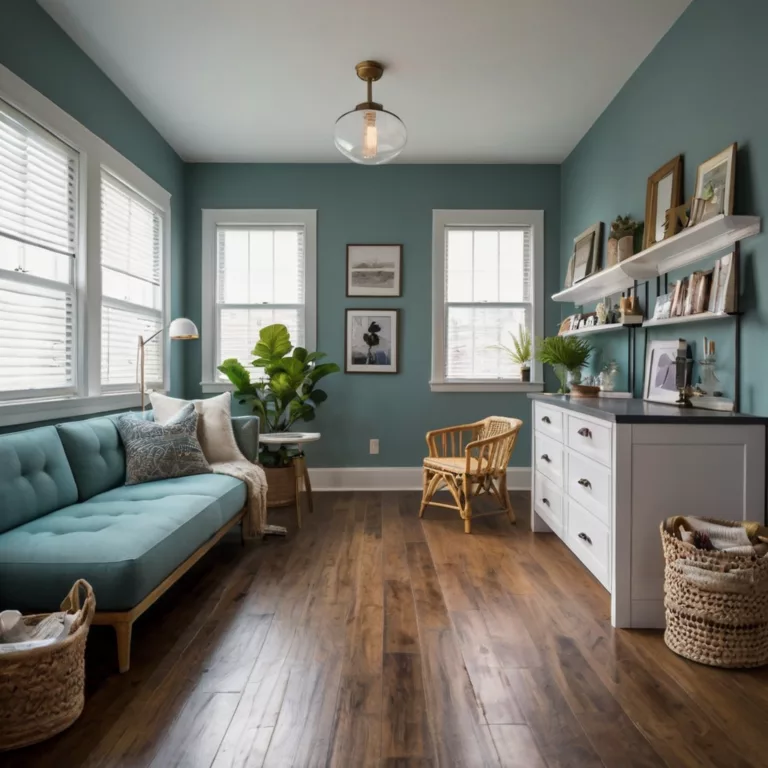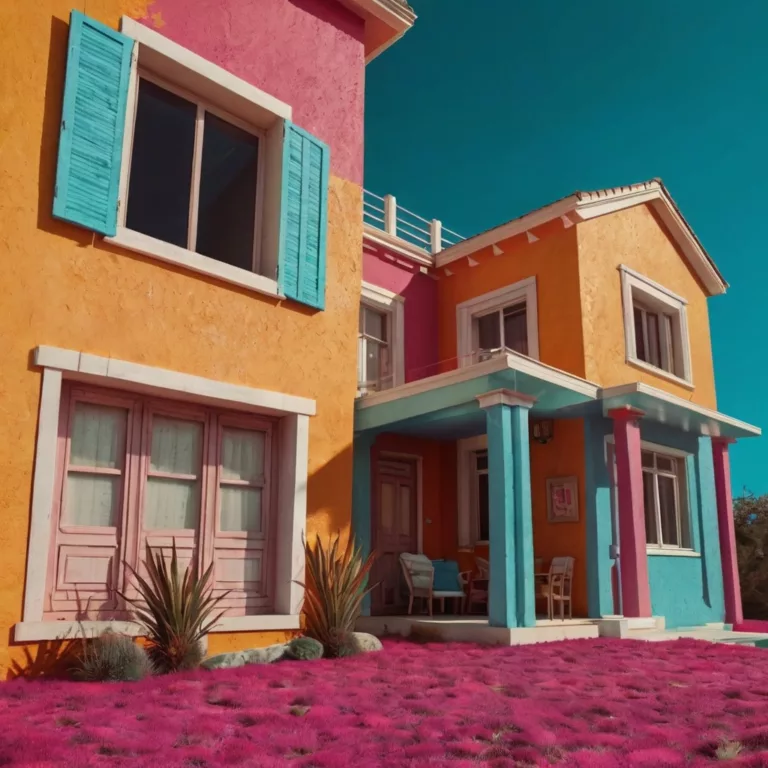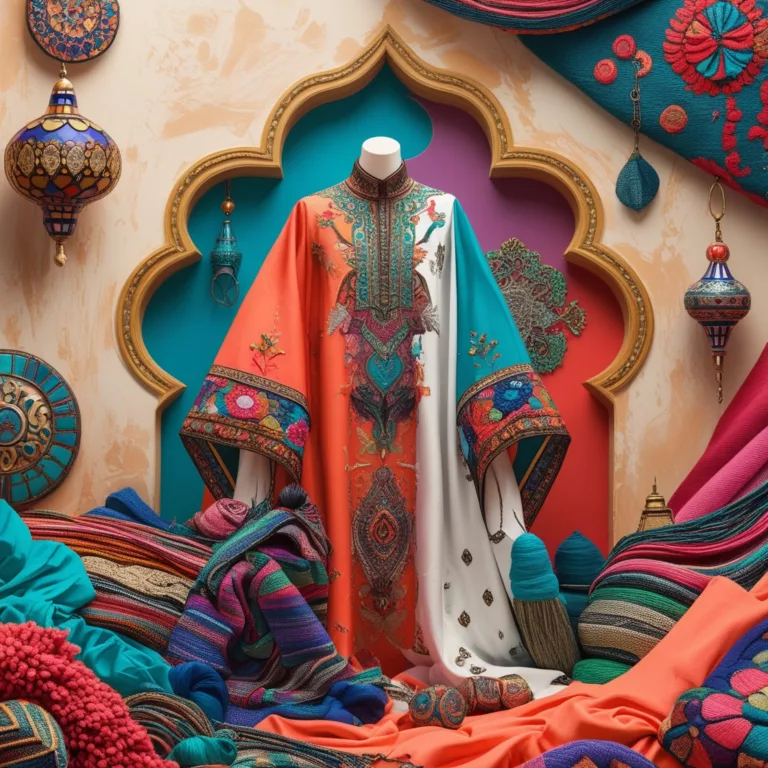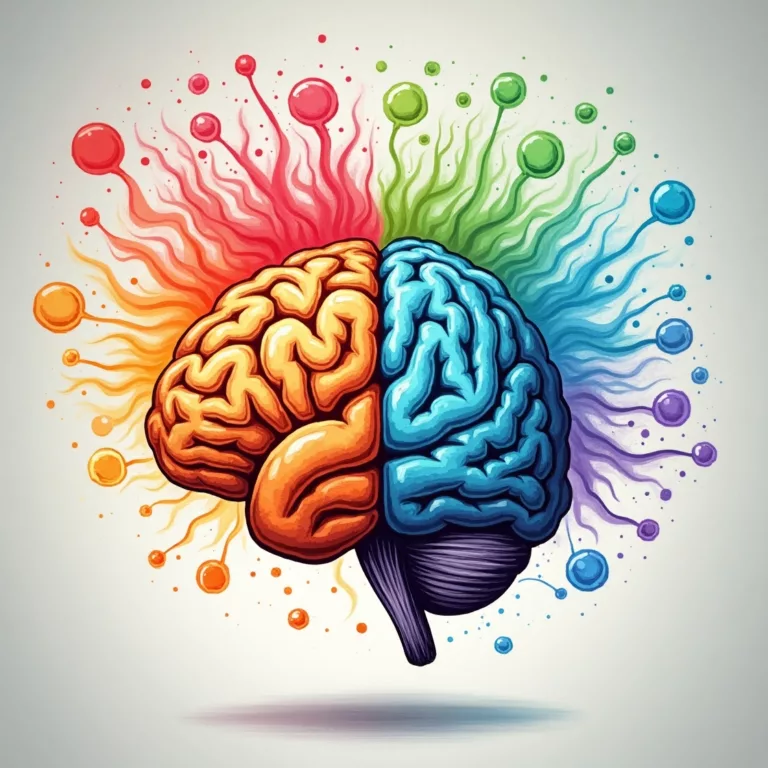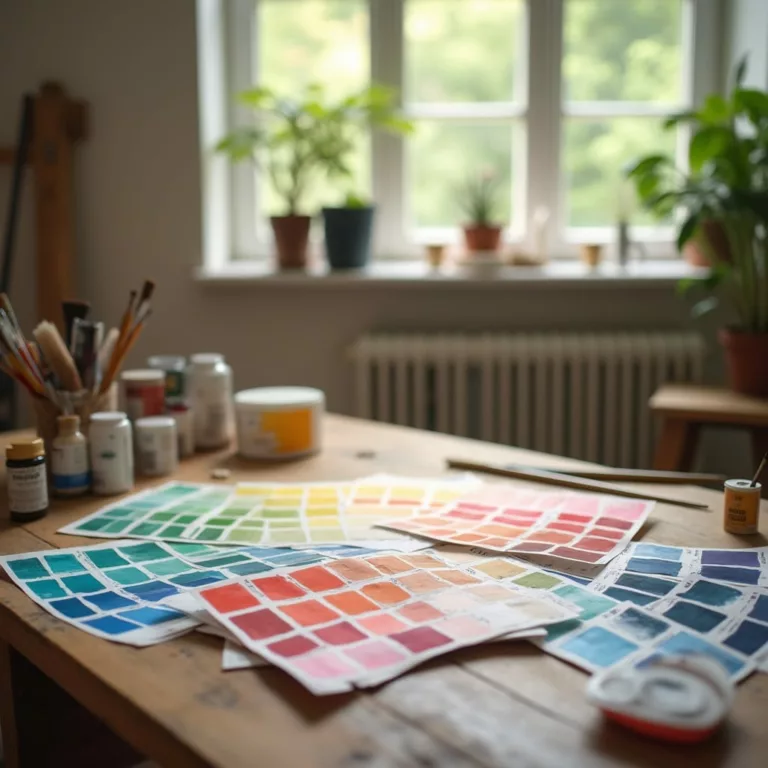The Symbolism of Colors in Islamic and Arabic Art: History, Meaning & Cultural Significance
Explore the rich symbolism of colors in Islamic and Arabic art across centuries, including green, blue, gold meanings in architecture, manuscripts, and textiles. Comprehensive guide to Islamic color traditions.
Introduction to the Symbolism of Colors in Islamic and Arabic Art
The rich tradition of Islamic art spans over fourteen centuries and encompasses diverse regions from Spain to Indonesia. At the heart of this artistic tradition lies a sophisticated understanding of colors and their symbolic meanings. The symbolism of colors in Islamic and Arabic art goes beyond mere aesthetic choices, representing profound spiritual concepts, cultural values, and historical contexts that have shaped the Muslim world.
Islamic art’s approach to color is deeply rooted in both religious principles and cultural practices, creating a visual language that communicates across time and space. This comprehensive exploration delves into the intricate symbolism of colors in Islamic and Arabic art, examining their historical development, religious significance, and continuing influence on contemporary artistic expressions.
Historical Development of Color Symbolism in Islamic Art
The development of color symbolism in Islamic and Arabic art began with the rise of Islam in the 7th century CE and evolved through contact with existing artistic traditions. Early Islamic artists inherited color symbolism from Byzantine, Sassanian, and Central Asian traditions, gradually transforming these influences into a distinctive Islamic visual vocabulary.
According to Dr. Wijdan Ali, founder of the Royal Society of Fine Arts in Jordan, “The early Muslims’ contact with the sophisticated cultures of Byzantium and Persia introduced them to established color theories and practices, which they adopted and adapted to align with Islamic principles” (source).
Pre-Islamic Influences
Before examining specific Islamic color traditions, it’s important to recognize the pre-Islamic foundations that influenced Islamic color symbolism:
- Byzantine tradition: Rich in gold, purple, and blue symbolism
- Persian Sassanian art: Featuring vibrant turquoise, red, and gold
- Central Asian nomadic art: Contributing earth tones and geometric abstractions
These diverse influences merged with Islamic theological principles to create new approaches to color in Islamic art. As noted by Islamic art historian Oleg Grabar in his seminal work The Formation of Islamic Art, this synthesis of traditions created “a new vocabulary that was neither Byzantine nor Persian, but distinctively Islamic” (Yale University Press).
The Primary Colors in Islamic Art and Their Symbolism
Green: The Sacred Color
Green holds a special place in Islamic visual culture as the most revered color, closely associated with paradise, vegetation, and the Prophet Muhammad himself. The symbolism of green in Islamic art includes:
- Paradise: The Quran describes paradise as containing “gardens beneath which rivers flow” (Quran 9:72)
- The Prophet’s Color: Traditionally associated with Muhammad, who is said to have favored green
- Life and Growth: Representing the renewing power of nature and divine blessing
The dome of the Prophet’s Mosque in Medina, known as the Green Dome, exemplifies the sacred symbolism of green in Islamic architecture. According to Islamic art scholar Seyyed Hossein Nasr, “Green symbolizes the perpetual freshness of faith and the ever-renewing spiritual life” (source).
Blue: The Celestial Color
Blue in various shades appears prominently across Islamic art, from the magnificent turquoise domes of Samarkand to the cobalt tiles of Isfahan. The symbolism of blue in Islamic art includes:
- Divine Protection: Particularly in turquoise form, believed to ward off evil
- Infinity: Representing the boundless sky and divine realm
- Water and Life: Symbolizing the life-giving properties of water in arid regions
Gold: Divine Light and Glory
Gold represents divine light (nur) in Islamic artistic tradition. Its symbolism in Islamic and Arabic art includes:
- Divine Illumination: Symbolizing God’s light that “illuminates the heavens and earth” (Quran 24:35)
- Royalty and Divine Favor: Indicating blessing and special status
- Eternity: As an incorruptible metal, representing unchanging divine truth
The use of gold leaf in Quran illumination exemplifies this symbolism of colors in Islamic art, literally bringing divine light to the sacred text. The Topkapi Palace Museum houses some of the most magnificent examples of gold illumination in Quranic manuscripts.
Red: Vitality and Protection
Red appears throughout Islamic art with various symbolic meanings:
- Life Force: Representing vitality and strength
- Protection: Believed to have apotropaic (evil-averting) properties
- Martyrdom: Particularly in Shia tradition, associated with Imam Hussein
The distinctive coral red found in Iznik pottery from Ottoman Turkey demonstrates the technical mastery required to produce this symbolically potent color. Art historian Walter Denny describes this red as “a triumph of Ottoman ceramic technology that carried profound symbolic weight” (Metropolitan Museum of Art).
White: Purity and Transcendence
White represents:
- Ritual Purity: Connected to ablution and prayer
- Spiritual Clarity: The absence of distraction
- Transcendence: Rising above worldly attachments
The whitewashed exteriors of mosques in North Africa exemplify this color symbolism in Islamic architecture, creating spaces of serene contemplation. As Islamic studies scholar Annemarie Schimmel noted, “White represents the stage where all colors are dissolved, symbolizing the goal of the mystical path” (source).
Regional Variations in Color Symbolism Across the Islamic World
The symbolism of colors in Islamic and Arabic art shows fascinating regional variations, reflecting local traditions, available pigments, and cultural preferences.
Persian Color Traditions
Persian Islamic art developed sophisticated color theories influenced by pre-Islamic Iranian concepts and Sufi mysticism:
- Hierarchical Color Systems: Colors arranged according to spiritual significance
- Miniature Painting Palettes: Specialized combinations for emotional and spiritual effects
- Turquoise Dominance: The signature blue-green of Persian domes and tiles
The Golestan Palace in Tehran exemplifies the Persian approach to color symbolism in Islamic architecture. According to Iranian art historian Sheila Canby, “Persian color theory created harmonies that were believed to affect the soul directly” (British Museum).
Ottoman Color Symbolism
Ottoman artists developed distinctive approaches to color:
- Imperial Purple: Reserved for royal usage in specific contexts
- Iznik Pottery Palette: The characteristic combination of cobalt blue, turquoise, emerald green, and coral red
- Architectural Color Coding: Using specific colors to designate building functions
The Rustem Pasha Mosque in Istanbul showcases the magnificent application of Ottoman color symbolism in Islamic tiles, with its interior walls covered in vibrant Iznik tilework.
Moorish Color Applications in Al-Andalus
In Islamic Spain (Al-Andalus), artists created unique color traditions:
- Subtle Earth Tones: Working with local pigments and influenced by the landscape
- Mathematical Color Arrangements: Using color to emphasize geometric precision
- Gold and Azure Combinations: Creating distinctive spiritual effects
The breathtaking interiors of the Alhambra Palace in Granada demonstrate the sophisticated Moorish understanding of color symbolism in Islamic decorative arts. Art historian Oleg Grabar described the Alhambra’s use of color as “a perfect balance between mathematical precision and sensuous delight” (Harvard University Press).
Color in Different Islamic Artistic Mediums
Architectural Applications of Color Symbolism
In Islamic architecture, colors serve multiple functions:
- Dome Coloration: Often blue or green, symbolizing heaven or paradise
- Mihrab Decoration: Using rich colors to highlight the prayer niche
- Exterior/Interior Distinctions: Creating transitions between worldly and sacred spaces
The magnificent Blue Mosque (Sultan Ahmed Mosque) in Istanbul demonstrates how color symbolism in Islamic architecture creates transcendent spiritual environments. Architectural historian Gülru Necipoğlu notes that “the blue interior of the mosque creates a contemplative atmosphere that directs the worshipper toward spiritual matters” (MIT Press).
Manuscript Illumination and Calligraphy
Islamic book arts developed sophisticated approaches to color:
- Gold Illumination: Representing divine light surrounding sacred text
- Hierarchical Color Schemes: Indicating the importance of specific passages
- Regional Calligraphic Traditions: Each developing distinctive color palettes
The magnificent collection at the Chester Beatty Library in Dublin contains some of the finest examples of color symbolism in Islamic manuscripts. According to manuscript expert David James, “Color in Islamic manuscripts serves not merely to decorate but to elucidate and elevate the text” (source).
Textiles and Carpet Design
Textile arts incorporate color symbolism through:
- Regional Signature Palettes: Identifying production centers
- Prayer Rug Designs: Using color to orient the worshipper
- Symbolic Motifs: Colors enhancing the meaning of decorative elements
The Textile Museum in Washington, DC houses an exceptional collection demonstrating the symbolism of colors in Islamic textiles. Textile historian Carol Bier observes that “the color palette of a carpet often reveals as much about its origin and purpose as its pattern” (source).
Technical Aspects of Color Production
Historical Pigments and Dyes
Islamic artists developed sophisticated techniques for creating and applying colors:
- Lapis Lazuli: The precious blue pigment sourced from Afghanistan
- Cochineal and Kermes: Insect-derived reds favored for textiles and manuscripts
- Gold Leaf: Applied through specialized techniques for manuscript illumination
- Natural Mineral Pigments: Creating earth tones from local resources
The technical treatise of Abū al-Qāsim, written in the 14th century, provides detailed information about ceramic pigment preparation in Persian workshops. Contemporary researchers at the Harvard Art Museums have conducted extensive studies on these historical pigments.
Color Stability and Innovation
Islamic artists pioneered techniques for:
- Colorfast Dyes: Developing mordants for textile permanence
- Weather-Resistant Architectural Colors: Creating external decorations that withstand exposure
- Lusterwares: Iridescent ceramic finishes in metallic hues
The ceramic collections at the Victoria and Albert Museum in London showcase the remarkable technical achievements in Islamic color production across centuries.
Philosophical and Theological Dimensions of Color Symbolism
Sufi Interpretations of Color
Sufi mysticism developed elaborate interpretations of color experience:
- Visionary Colors: Associated with specific spiritual states (hal)
- Seven-Color System: Corresponding to stages on the spiritual path
- Light Metaphysics: Colors as refractions of divine unity
The 12th-century Sufi master Najm al-Din Kubra wrote extensively about colored light phenomena in meditation. Contemporary scholar Henry Corbin’s work The Man of Light in Iranian Sufism explores these fascinating color theories in depth.
Color in Islamic Cosmology
Islamic philosophical traditions connected color to cosmological understandings:
- Elemental Associations: Linking colors to earth, water, fire, and air
- Planetary Correspondences: Colors related to celestial bodies
- Microcosm-Macrocosm Parallels: Human experience of color reflecting cosmic order
The work of Persian philosopher Suhrawardi (1154-1191) on the “philosophy of illumination” (ishraq) explores these connections between light, color, and cosmic order. The Stanford Encyclopedia of Philosophy offers an excellent introduction to these complex ideas.
Contemporary Applications of Traditional Color Symbolism
Modern Islamic Art and Color
Contemporary Islamic artists engage with traditional color symbolism in Islamic art through:
- Abstract Interpretations: Distilling traditional color relationships into modern forms
- Political Commentary: Repurposing historical color associations
- Environmental References: Addressing ecological concerns through traditional color language
Artists like Monir Shahroudy Farmanfarmaian have reinvigorated traditional approaches to color symbolism in Islamic art through contemporary materials and concepts.
Preservation and Documentation Challenges
Conservation efforts face specific challenges regarding color:
- Pigment Degradation: Chemical breakdown of historical materials
- Environmental Damage: Effects of pollution on architectural color
- Documentation Issues: Accurately recording historical color schemes
Organizations like the Aga Khan Trust for Culture work to preserve the authentic color symbolism in Islamic architectural monuments through careful restoration projects.
Conclusion: The Living Tradition of Color Symbolism
The symbolism of colors in Islamic and Arabic art represents a living tradition that continues to evolve while maintaining connections to its historical foundations. From the azure domes of Samarkand to the subtle earth tones of the Maghreb, these color traditions reflect the incredible diversity and unity within Islamic artistic expression.
As contemporary artists, architects, and designers draw inspiration from these traditions, they ensure that the profound symbolism of colors in Islamic and Arabic art remains relevant in our modern world. By understanding these rich traditions, we gain insight not just into aesthetic practices but into entire worldviews expressed through the language of color.
References and Further Reading on Color Symbolism in Islamic Art
- Blair, Sheila S. and Jonathan M. Bloom. The Art and Architecture of Islam 1250-1800. Yale University Press, 1994.
- Burckhardt, Titus. Art of Islam: Language and Meaning. World Wisdom, 2009.
- Hillenbrand, Robert. Islamic Architecture: Form, Function, and Meaning. Columbia University Press, 2004.
- Porter, Venetia. Islamic Tiles. British Museum Press, 1995.
- Schimmel, Annemarie. Mystical Dimensions of Islam. University of North Carolina Press, 1975.
Learn more about Islamic art history
Explore regional variations in Islamic art
Discover contemporary Islamic artists
Art11deco

